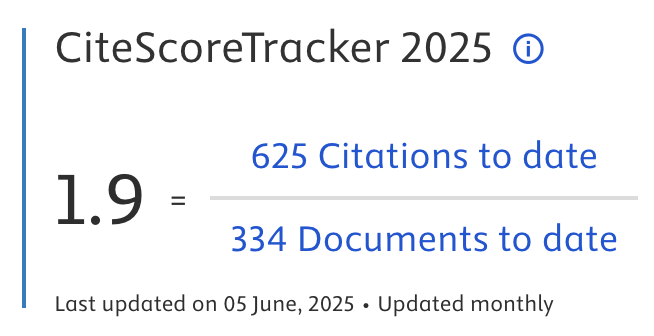Performance Improvement of Covid-19 Cough Detection Based on Deep Learning with Segmentation Methods
Abstract
COVID-19 is an emergency problem that is being widely discussed in the world, one of which is the deep learning-based COVID-19 detection method which has been developed based on images of the patient's chest or cough. In this research, we propose a way to improve the performance of deep learning-based COVID-19 cough detection by using a segmentation method to produce several audio files containing one cough signal from one audio file containing several cough sound signals. In addition, we enabled two automatic cough segmentation methods, namely a Hysteresis Comparator based on the power spectrum and an RMS threshold based on the RMS energy value. The results obtained show that using the segmentation method for cough sounds can improve the model's performance in detecting COVID-19 coughs by 4% to 8%. The segmentation process can also remove noise between cough sound signals and provide a standard input model in the form of one cough signal. In addition, the segmentation results show information related to the characteristics of COVID-19 cough. The evaluation results show that the hysteresis comparator method has better results with an unweighted accuracy (UA) value of 83.19% compared to the RMS threshold method with a UA value of 79.06%.
Article Metrics
Abstract: 146 Viewers PDF: 78 ViewersKeywords
Segmentation; Deep Learning; Signal Processing; COVID-19
Full Text:
PDF
DOI:
https://doi.org/10.47738/jads.v5i2.205
Citation Analysis:
Refbacks
- There are currently no refbacks.

Journal of Applied Data Sciences
| ISSN | : | 2723-6471 (Online) |
| Organized by | : | Computer Science and Systems Information Technology, King Abdulaziz University, Kingdom of Saudi Arabia. |
| Website | : | http://bright-journal.org/JADS |
| : | taqwa@amikompurwokerto.ac.id (principal contact) | |
| support@bright-journal.org (technical issues) |
 This work is licensed under a Creative Commons Attribution-ShareAlike 4.0
This work is licensed under a Creative Commons Attribution-ShareAlike 4.0




